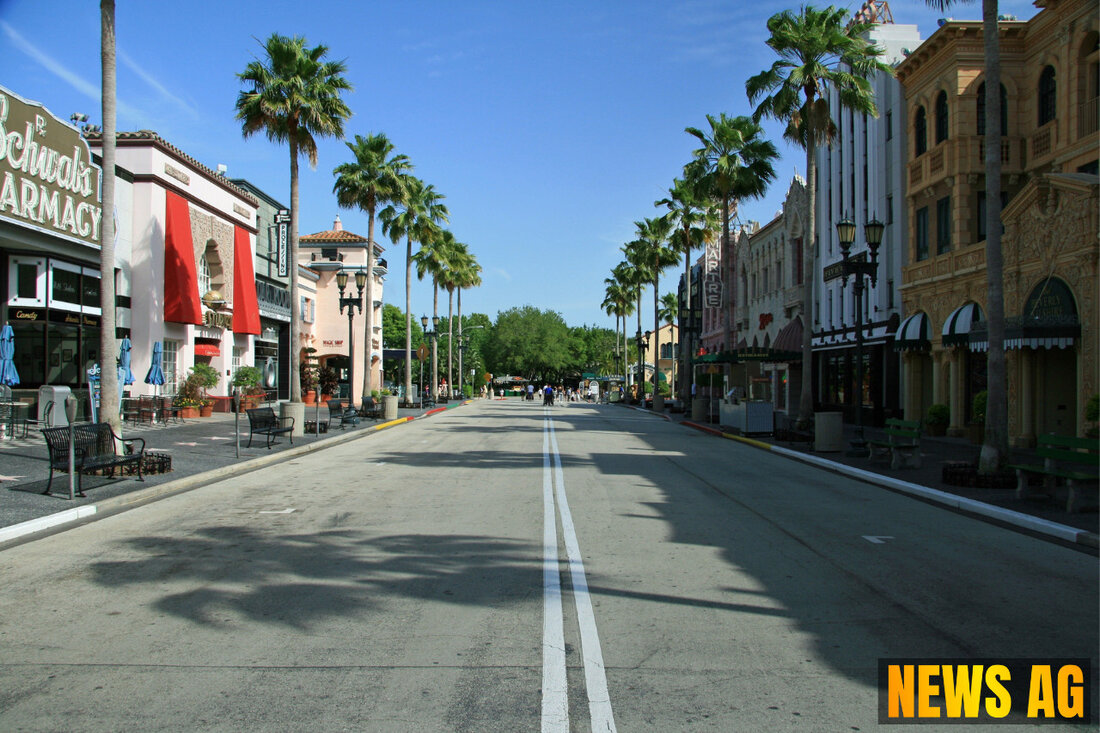Rediscover America's Historic Black Beaches: A Summer of Resilience!
Explore Atlantic Beach, a historic Black-owned town in South Carolina, highlighting community resilience and rich heritage.

Rediscover America's Historic Black Beaches: A Summer of Resilience!
As summer officially rolls in, many are gearing up for vacation planning, and there’s a special spotlight on historic Black beaches across the United States. Black America Web reports that these beaches are not just picturesque destinations; they are deeply rooted in the history of African Americans who built communities against the backdrop of segregation.
During the Jim Crow era, it was not uncommon for Black Americans to be barred from public beaches entirely. This prompted brave entrepreneurs and families to create their own beachfront communities. These spaces became safe havens where families could enjoy recreation without facing the harsh realities of racial discrimination. Today, they stand as reminders of perseverance and cultural pride.
Notable Destinations
Some historically Black beaches exemplify this rich heritage. Take American Beach in Florida, founded in 1935; it provided a safe retreat for Black families during segregation times. Then there’s Bruce’s Beach in California, which was wrongfully seized from Black owners in the 1920s and returned to their descendants a century later. The legacy continues with Highland Beach in Maryland, established in 1893 by Charles Douglass, a refuge of Black culture.
- Oak Bluffs, Martha’s Vineyard: Famous for the historic “Inkwell” Beach and vibrant community events.
- Atlantic Beach, South Carolina: One of the few Black-owned beach towns in the South, known for its lively festivals.
- Idlewild, Michigan: A thriving resort for Black entertainers and families from the 1920s to the 1960s.
- Sag Harbor, Long Island: Home to neighborhoods like Azurest and Ninevah that boast a rich Black heritage.
Other beaches, like Chicken Bone Beach in Atlantic City, NJ, and Freeman Park in North Carolina, also contribute to this compelling tapestry of history and culture. Each beach offers opportunities to connect with the African American narrative, showcasing resilience in the face of adversity.
Art and Reflection
The artistic landscape is also reflecting this important history. Rik Freeman, a Washington, D.C. artist, is capturing the essence of these beaches through his vibrant paintings. His series, “Black Beaches During Segregation,” highlights historically Black beaches along the Atlantic, including Ocean City, North Carolina, which was established in 1949 as the first residential beach community with Black homeownership in the area.
Freeman’s artwork isn’t just a feast for the eyes; it carries stories. His exhibit will debut on June 28 during the Ocean City Jazz Festival. The festival celebrates unity and heritage, while Freeman’s paintings serve as a backdrop, inviting conversations about the joy and community found in these spaces, even as they acknowledge the dark shadows cast by segregation.
As we relish in the beauty and history of Black beaches this summer, let’s reflect on what they symbolize – resilience, legacy, and a vibrant community that emerged victorious against the odds. Make your summer getaway meaningful by visiting one of these historic locales, where history isn’t just a memory but a living part of the landscape.
To dive deeper into the challenges faced by Black Americans during this period, PBS encapsulates the struggles of building community amidst segregation, demonstrating how past injustices continue to shape present narratives.
